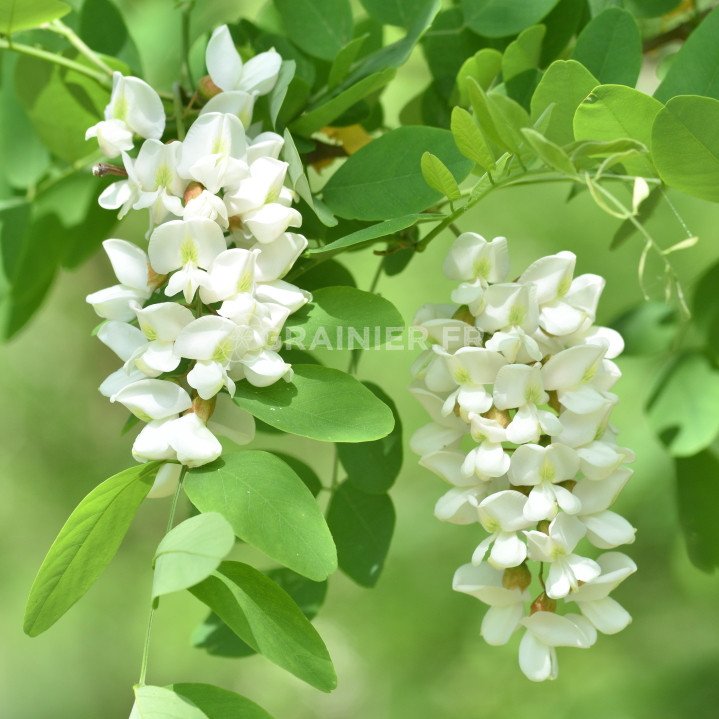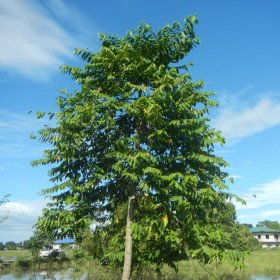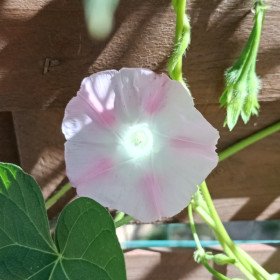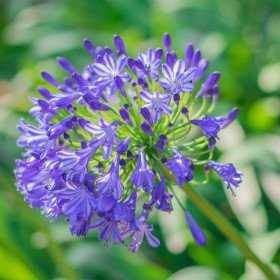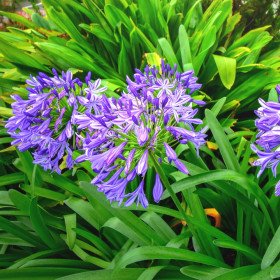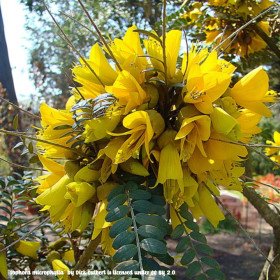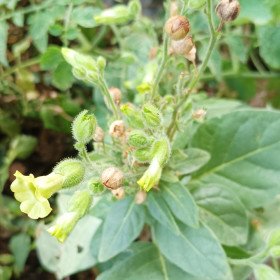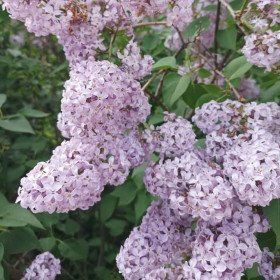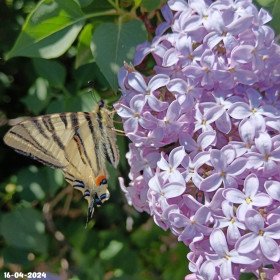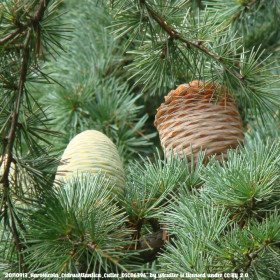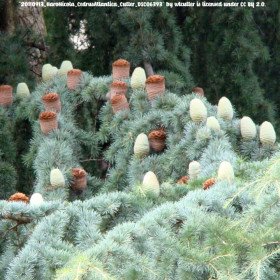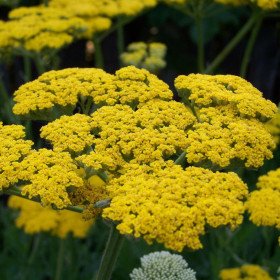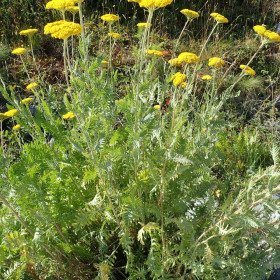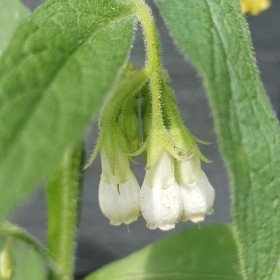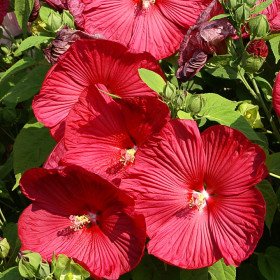10 Graines Faux acacia, Robinia pseudoacacia
10 Graines Faux acacia, Robinia pseudoacacia
- Modèle : 10 Graines Faux acacia, Robinia pseudoacacia
- Disponibilité : 11
- 1,50€
Faux acacia, Robinia pseudoacacia |
Le Robinia pseudoacacia, communément appelé robinier faux-acacia, est un arbre originaire d'Amérique du Nord, mais qui est désormais largement cultivé dans d'autres régions du monde.
10 graines - Rusticité : -20 °C
Méthode utilisée : Plonger les graines dans de l'eau bouillante à 90ºC pendant 5 secondes, puis verser dans de l'eau froide, laissez tremper dans cette eau durant 48 h puis semer.
Apparence : Le Robinia pseudoacacia est un arbre caduc de taille moyenne à grande, pouvant atteindre 15 à 25 mètres de hauteur, voire plus dans de bonnes conditions. Il a une silhouette étalée et une cime arrondie. L'écorce est grisâtre avec des crevasses profondes. Les feuilles sont composées et bipennées, mesurant généralement de 15 à 25 centimètres de long. Chaque feuille est constituée de plusieurs paires de folioles ovales à lancéolées, d'environ 2 à 5 centimètres de long. Les fleurs, de couleur blanche, sont regroupées en grappes pendantes et apparaissent au printemps. Elles sont très parfumées et attirent les pollinisateurs tels que les abeilles. Les fleurs sont suivies de la formation de gousses de graines brunes qui persistent tout au long de l'hiver.
Environnement : Le Robinia pseudoacacia est un arbre rustique et tolérant qui peut pousser dans une large gamme de conditions. Il préfère les zones ensoleillées ou partiellement ombragées et peut s'adapter à différents types de sols, y compris les sols pauvres et secs. Cependant, il est sensible aux sols gorgés d'eau. Il est capable de tolérer des températures hivernales froides et peut résister à des conditions de sécheresse modérée.
Utilisation : Le Robinia pseudoacacia est cultivé à la fois comme arbre d'ornement et pour ses qualités environnementales. Son feuillage vert foncé et sa floraison abondante en font un choix populaire pour les parcs, les jardins et les allées. Il peut également être utilisé comme arbre d'ombrage. De plus, le bois du robinier faux-acacia est réputé pour sa solidité et sa durabilité, et est utilisé dans la construction et la fabrication de meubles.
Il est important de noter que le Robinia pseudoacacia a également des caractéristiques invasives dans certaines régions. Ses racines robustes et son pouvoir de drageonnement peuvent entraîner une propagation excessive et une compétition avec d'autres plantes indigènes. Par conséquent, il est recommandé de surveiller attentivement sa croissance et de le planter avec précaution dans les régions où il est considéré comme envahissant.
Semis des graines de Robinia pseudoacacia:
Récoltez les gousses de graines mûres à l'automne.
Faites tremper les graines dans de l'eau tiède pendant 24 heures pour encourager la germination.
Remplissez des pots ou des plateaux de semis de terreau de qualité.
Placez les graines à la surface du substrat et recouvrez-les légèrement de terreau.
Arrosez délicatement pour humidifier le substrat.
Placez les pots ou les plateaux dans un endroit lumineux et chaud, à une température d'environ 20 à 25 °C.
Maintenez le substrat humide en arrosant régulièrement, mais évitez l'excès d'eau.
La germination peut prendre de quelques semaines à plusieurs mois, soyez patient.
Une fois que les plantules sont suffisamment développées, vous pouvez les transplanter dans des pots individuels ou les planter à l'extérieur dans un endroit approprié. Veillez à leur fournir les soins nécessaires en termes d'arrosage, de protection contre les ravageurs et les maladies, ainsi que de taille régulière pour favoriser une croissance saine.
Etiquettes : robinier, faux, acacia, robinia, pseudoacacia, GRAINES DE FLEURS & ARBRES Robinier faux-acacia, Robinia pseudoacacia, Exotiques & Rares Robinier faux-acacia, Robinia pseudoacacia, Arbustes & plantes grimpantes Robinier faux-acacia, Robinia pseudoacacia, Arbres & Bonsaï Robinier faux-acacia, Robinia pseudoacacia, Robinier faux-acacia, Robinia pseudoacacia GRAINES DE FLEURS & ARBRES, Robinier faux-acacia, Robinia pseudoacacia Exotiques & Rares, Robinier faux-acacia, Robinia pseudoacacia Arbustes & plantes grimpantes, Robinier faux-acacia, Robinia pseudoacacia Arbres & Bonsaï

